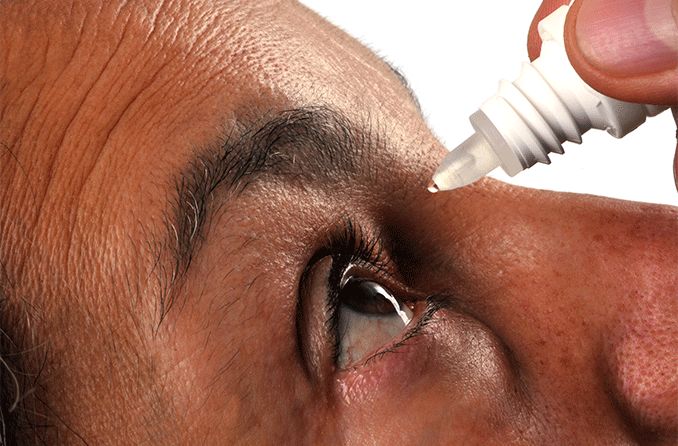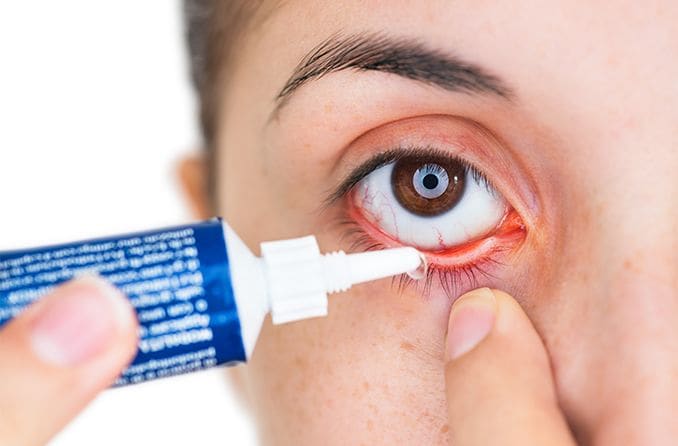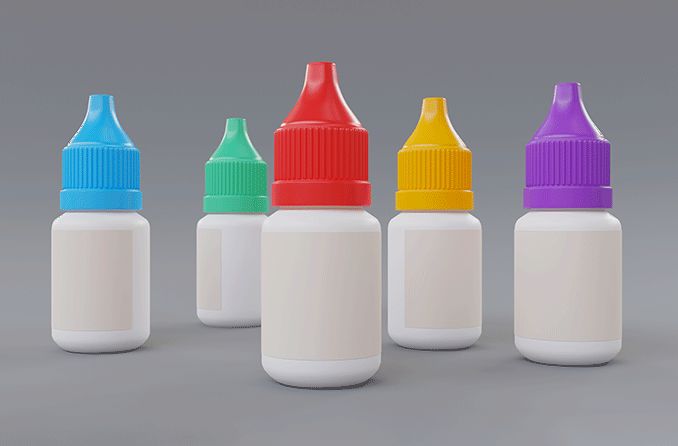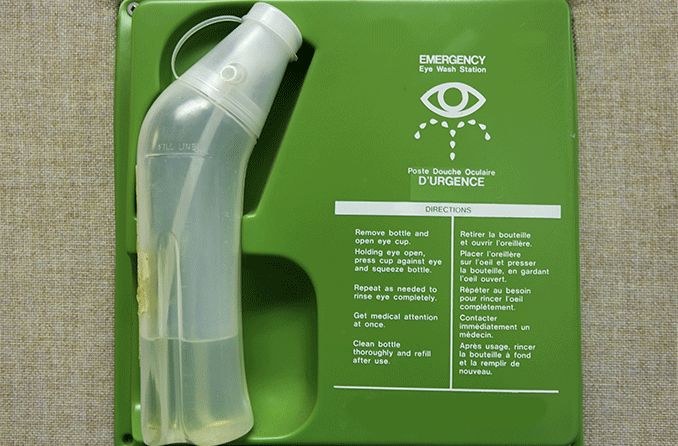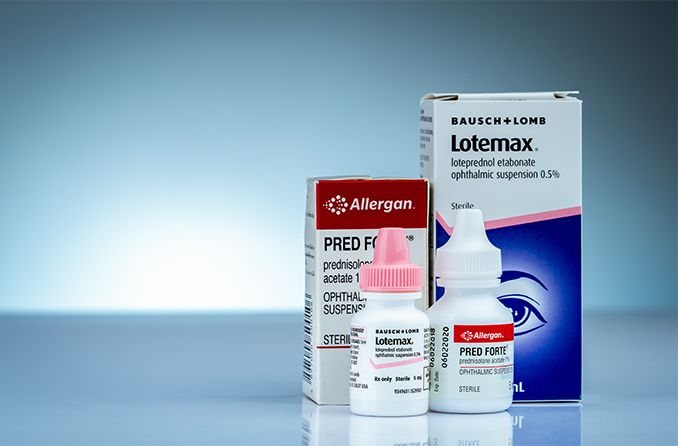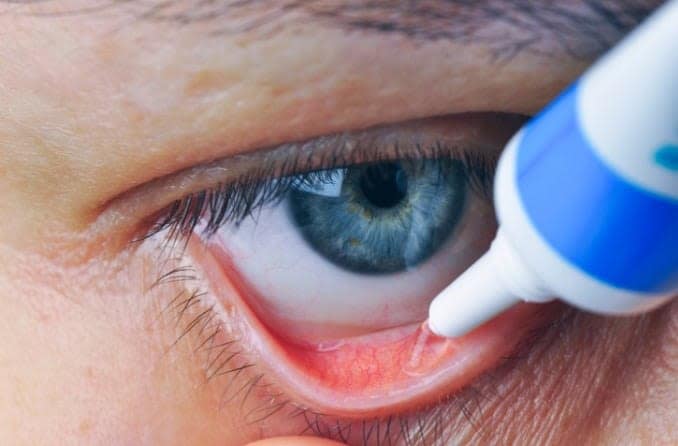Types of ophthalmic solutions
Several types of ophthalmic solutions are available. Each treats a specific condition, from soothing irritated eyes to treating bacterial infections.
Ophthalmic solutions are often placed into categories, such as:
Within these categories, some commonly prescribed or recommended ophthalmic solutions include:
Ciprofloxacin – an antibiotic used to treat corneal ulcers and bacterial conjunctivitis
Ofloxacin – another antibiotic, also used to treat corneal ulcers and bacterial conjunctivitis
Tobramycin – an antibiotic used to treat eye infections
Lifitegrast (Xiidra) – used to treat dry eye syndrome
Pataday eye drops – used to relieve eye allergy symptoms
Artificial tears – used to soothe irritated, red or dry eyes, and to relieve symptoms of viral conjunctivitis
The best ophthalmic solution to use depends on the condition for which it is prescribed. For example, an eye doctor may recommend regular artificial tears for mild eye discomfort. They might suggest or prescribe a stronger medicated eye drop for a more serious condition, such as dry eye syndrome.
SEE RELATED: Which eye drops are best for you?
Ophthalmic solutions for eye infections
Conjunctivitis is a common eye infection. It occurs in several forms (bacterial, viral and allergic) and does not have a one-size-fits-all ophthalmic solution.
Bacterial conjunctivitis can be treated with antibiotic solutions. Viral conjunctivitis, on the other hand, will not respond to this type of medication, as antibiotics do not kill viruses.
Instead, someone with viral conjunctivitis may find relief from symptoms with the help of artificial tears.
As for allergic conjunctivitis, some mild symptoms can be treated with artificial tears. More serious cases may require antihistamine eye drops.
READ MORE: What kind of eye drops are used for pink eye?
